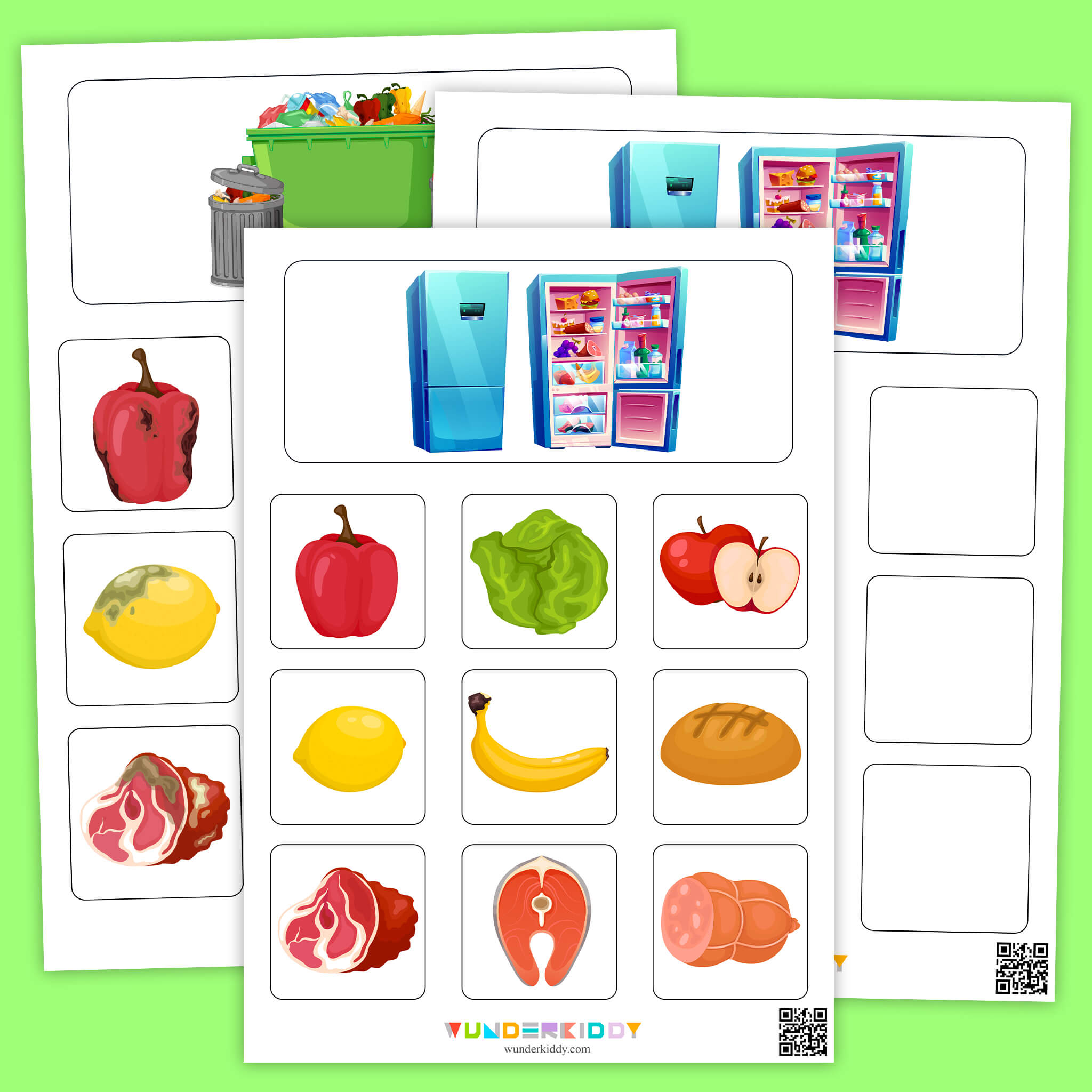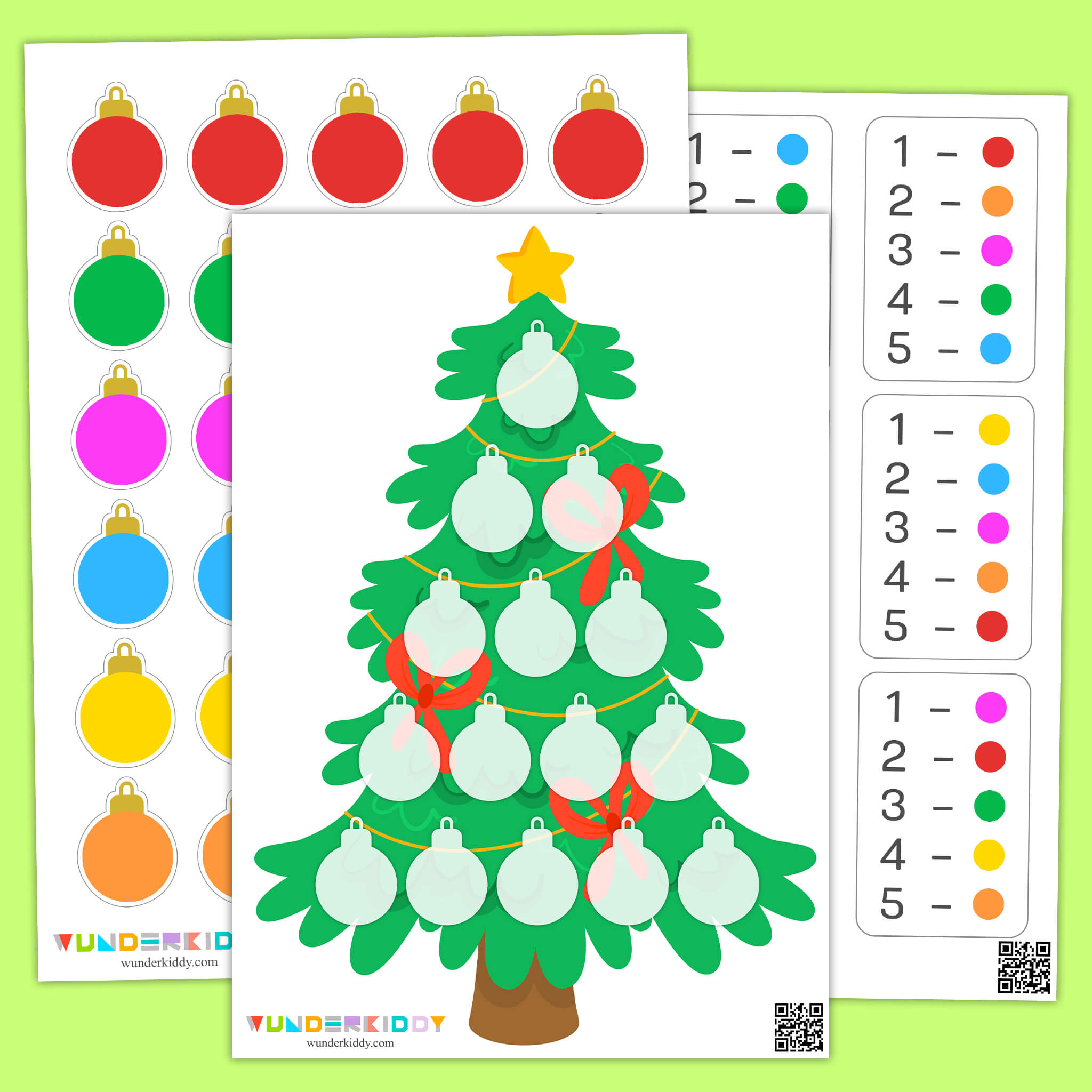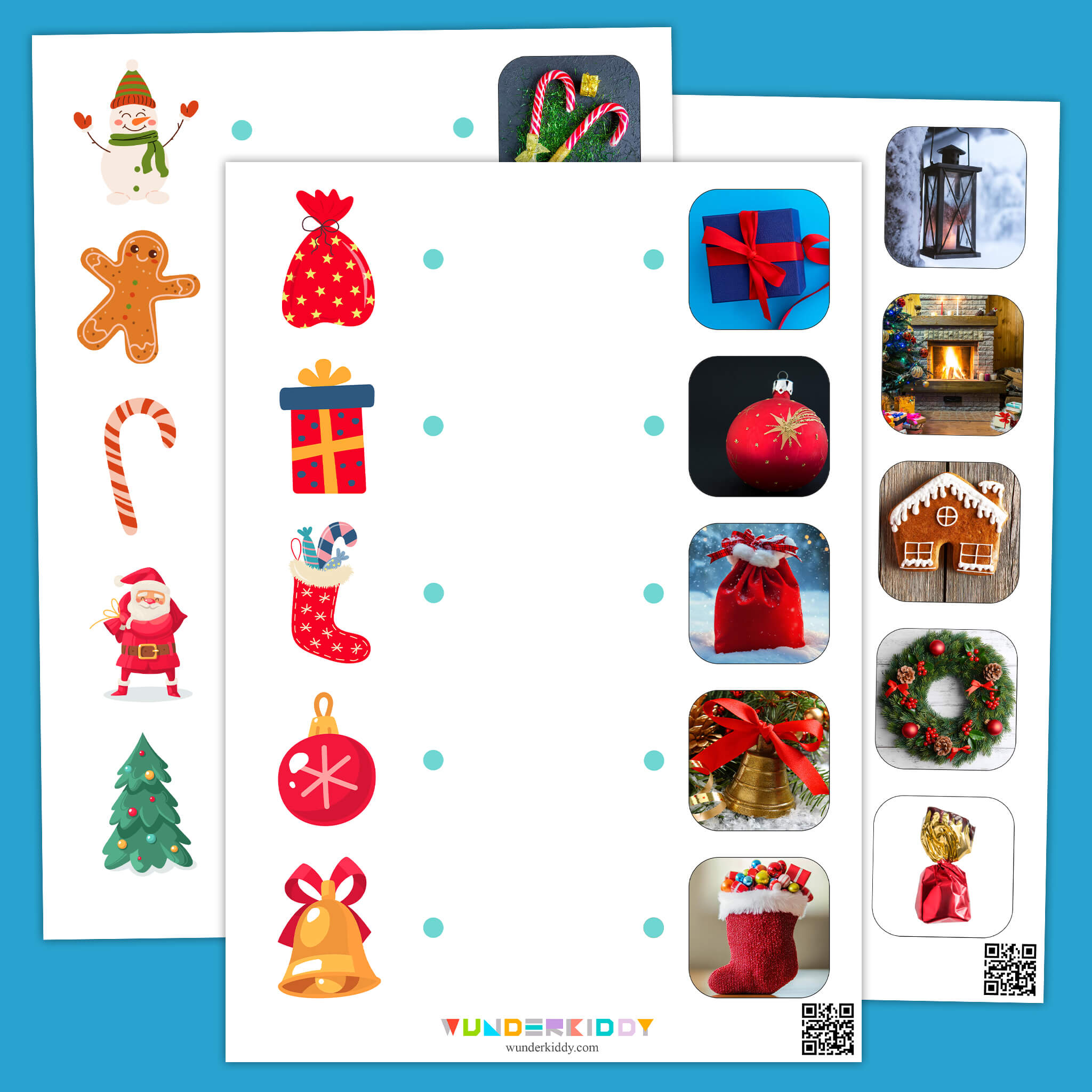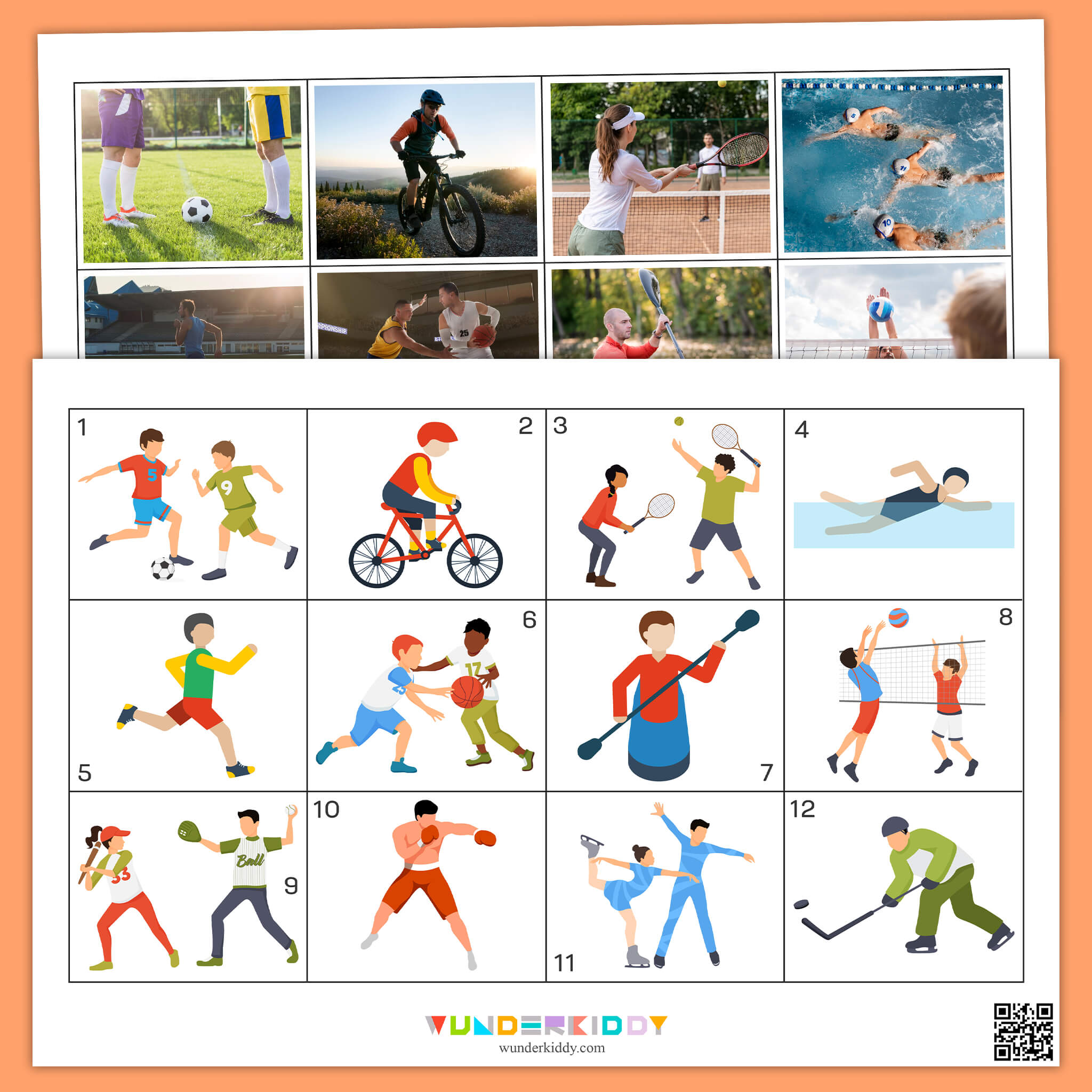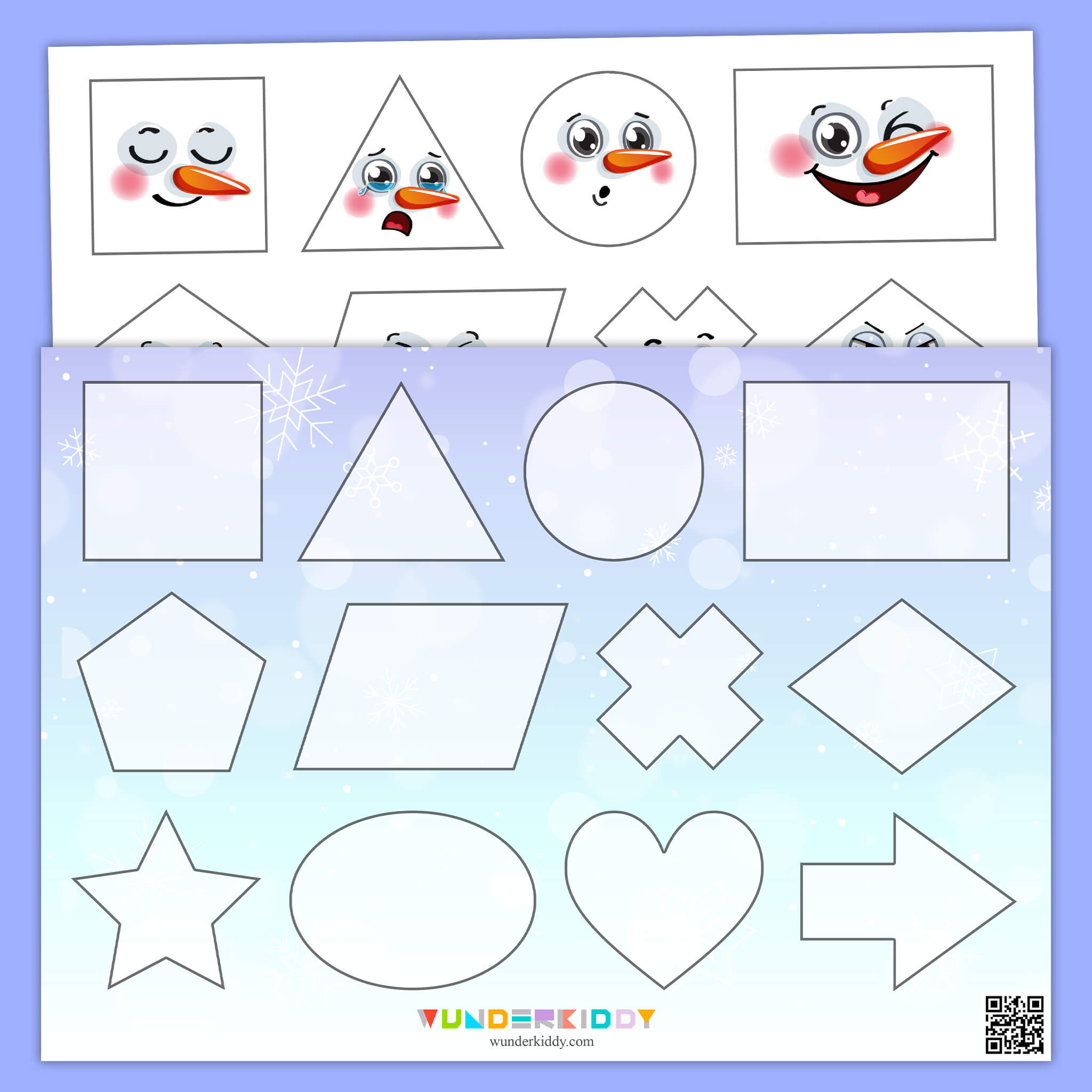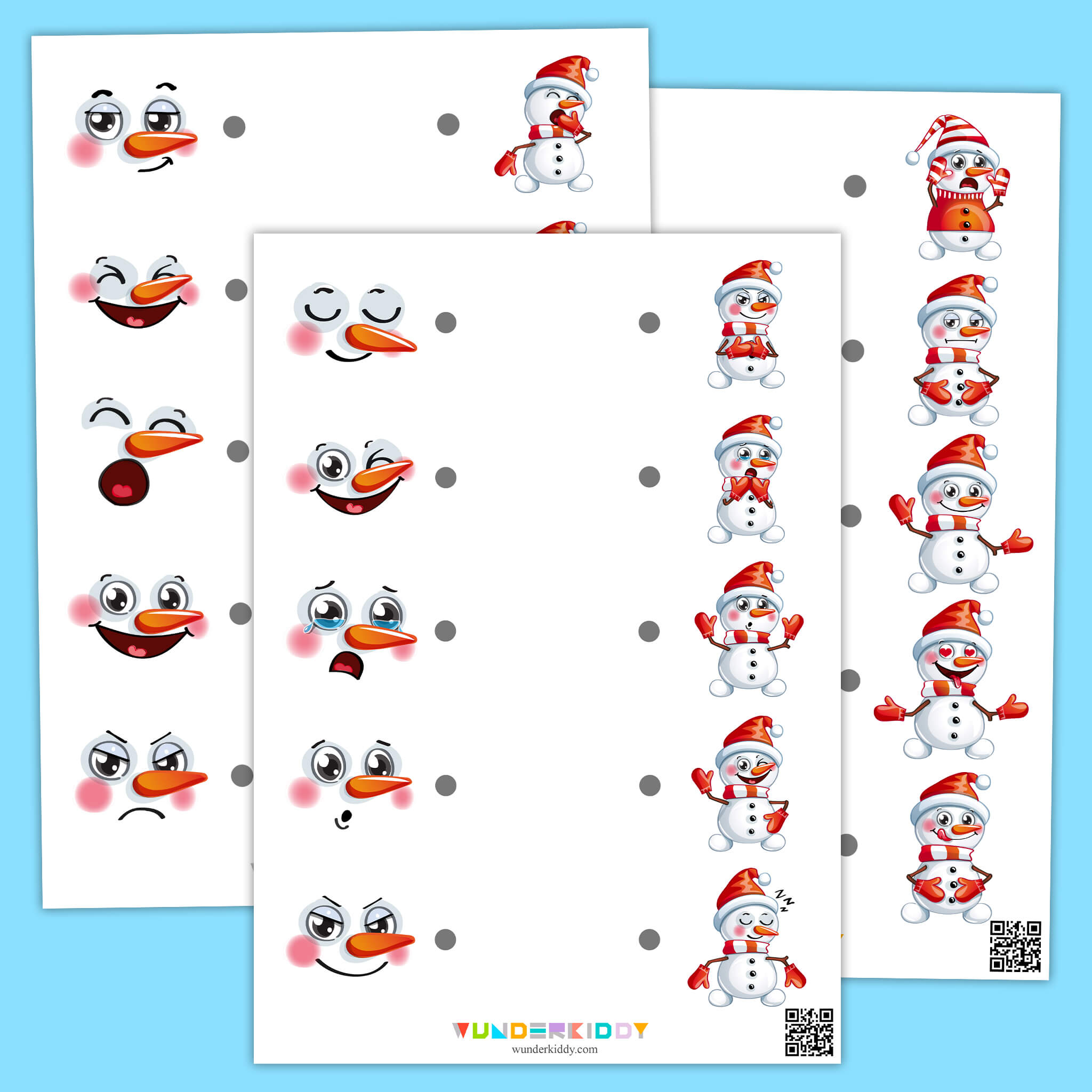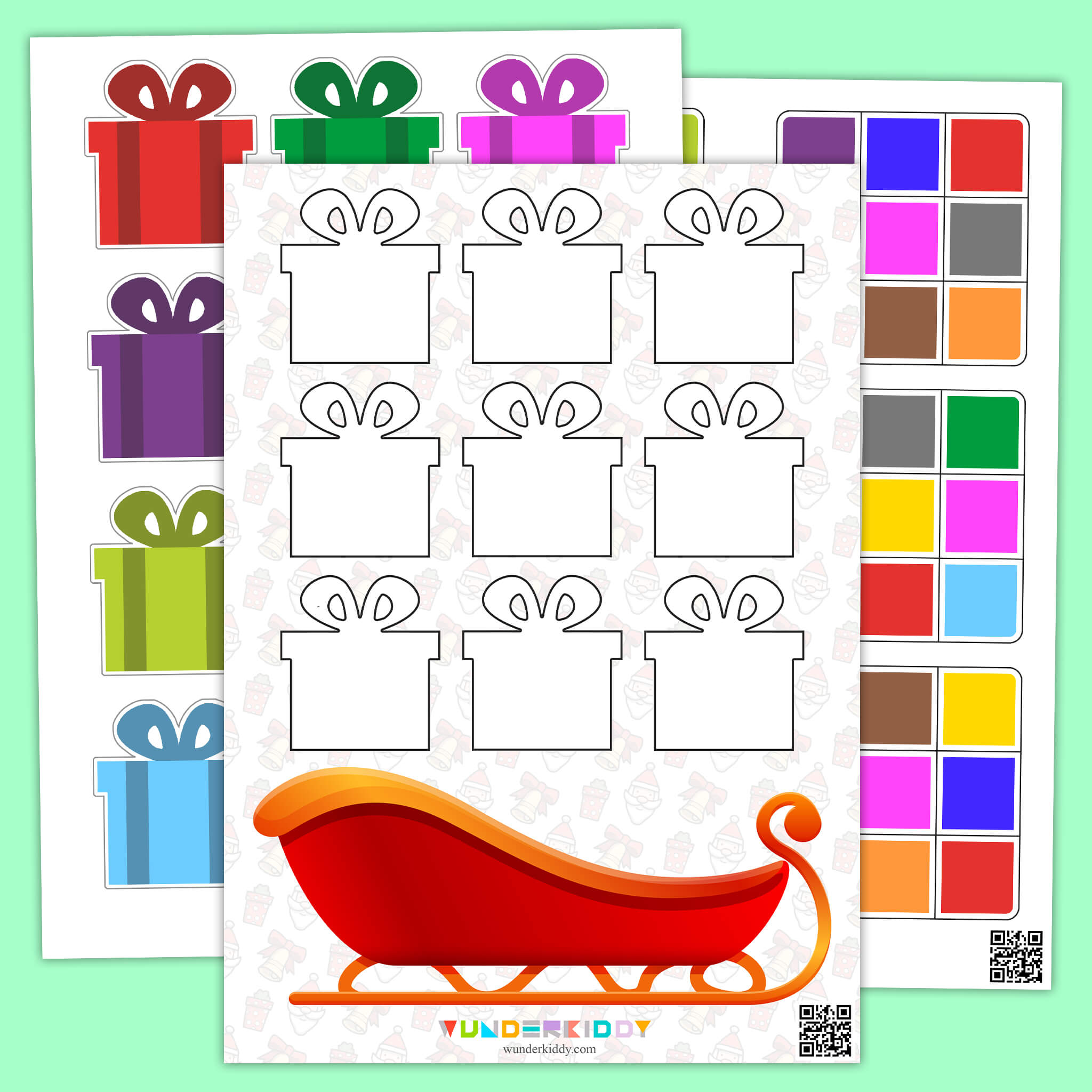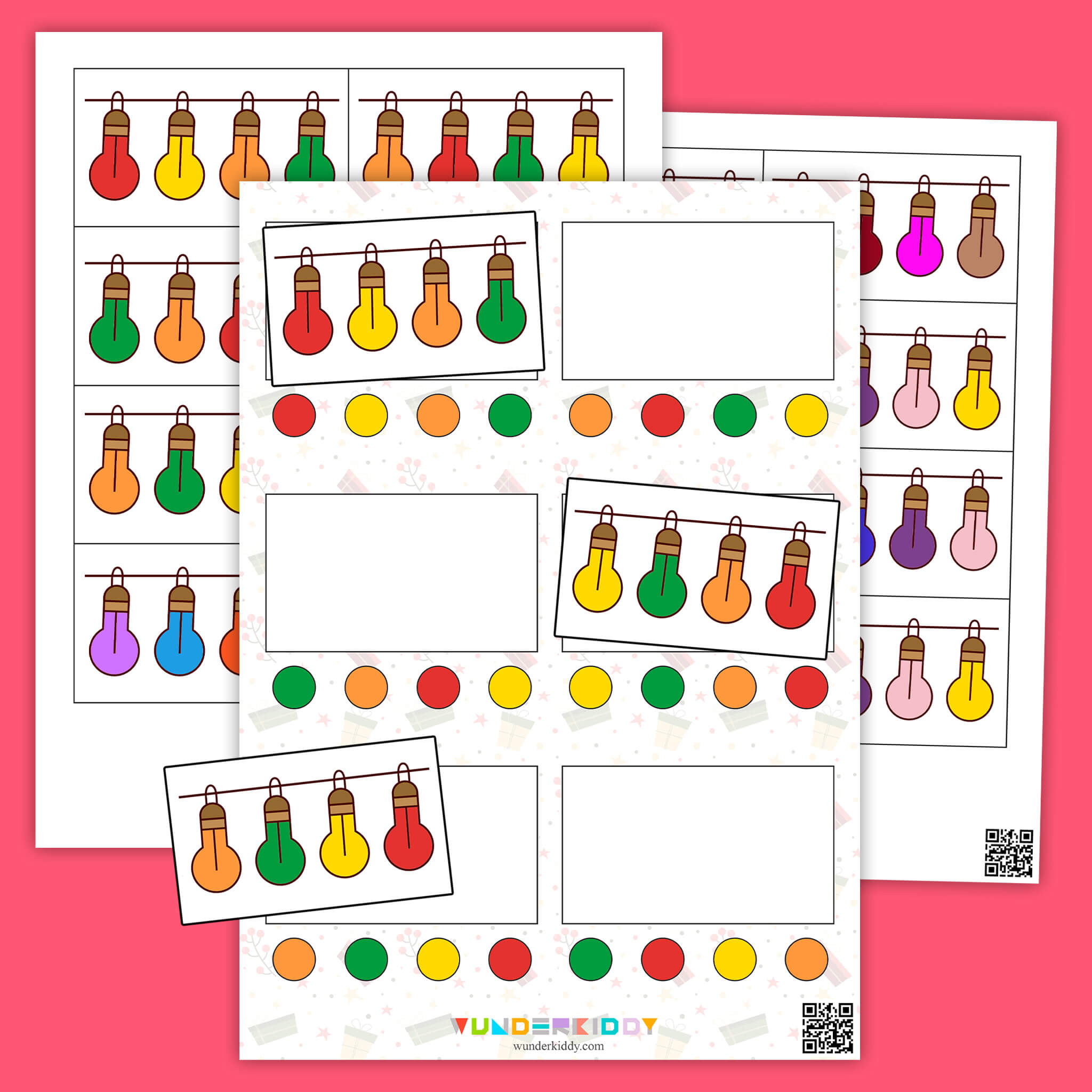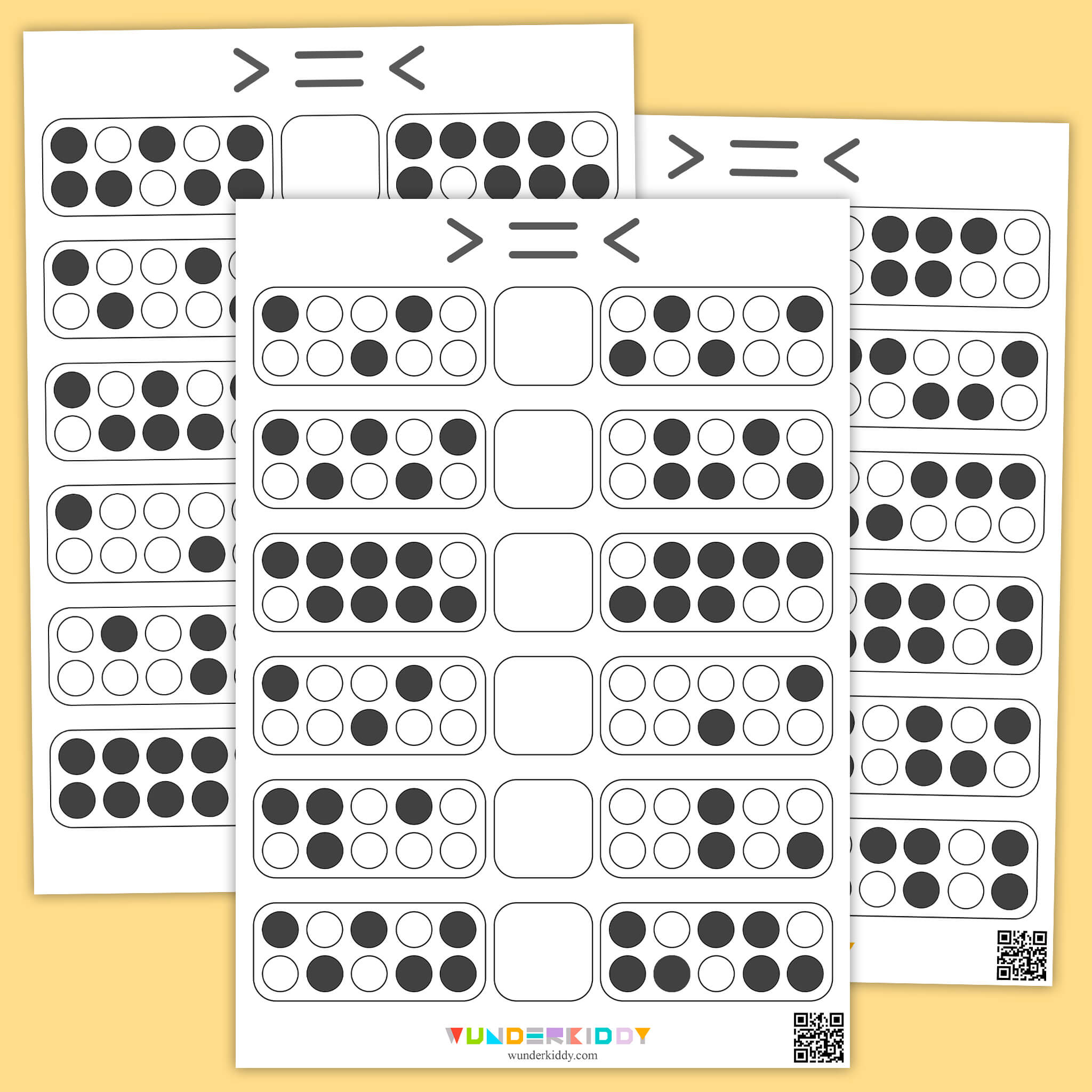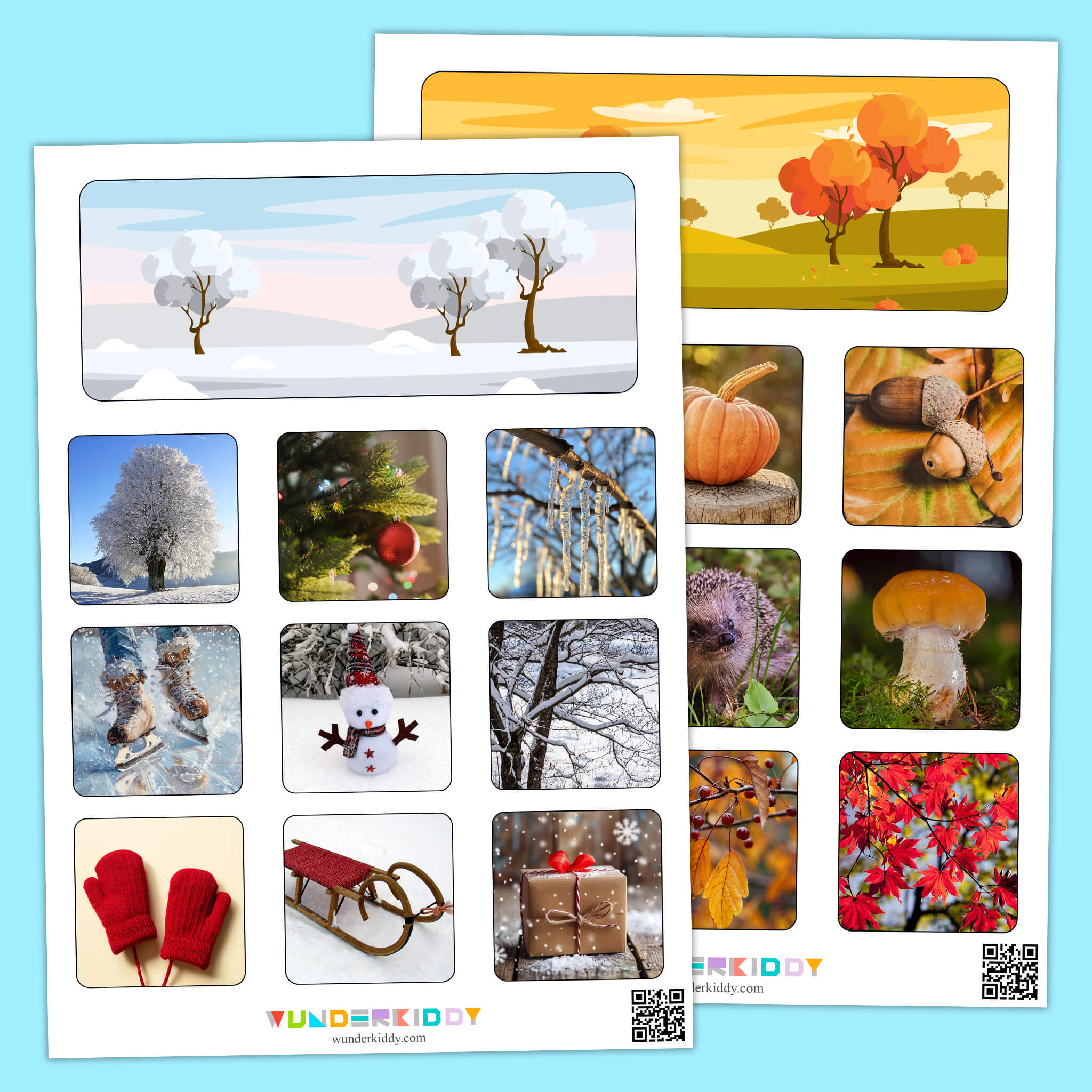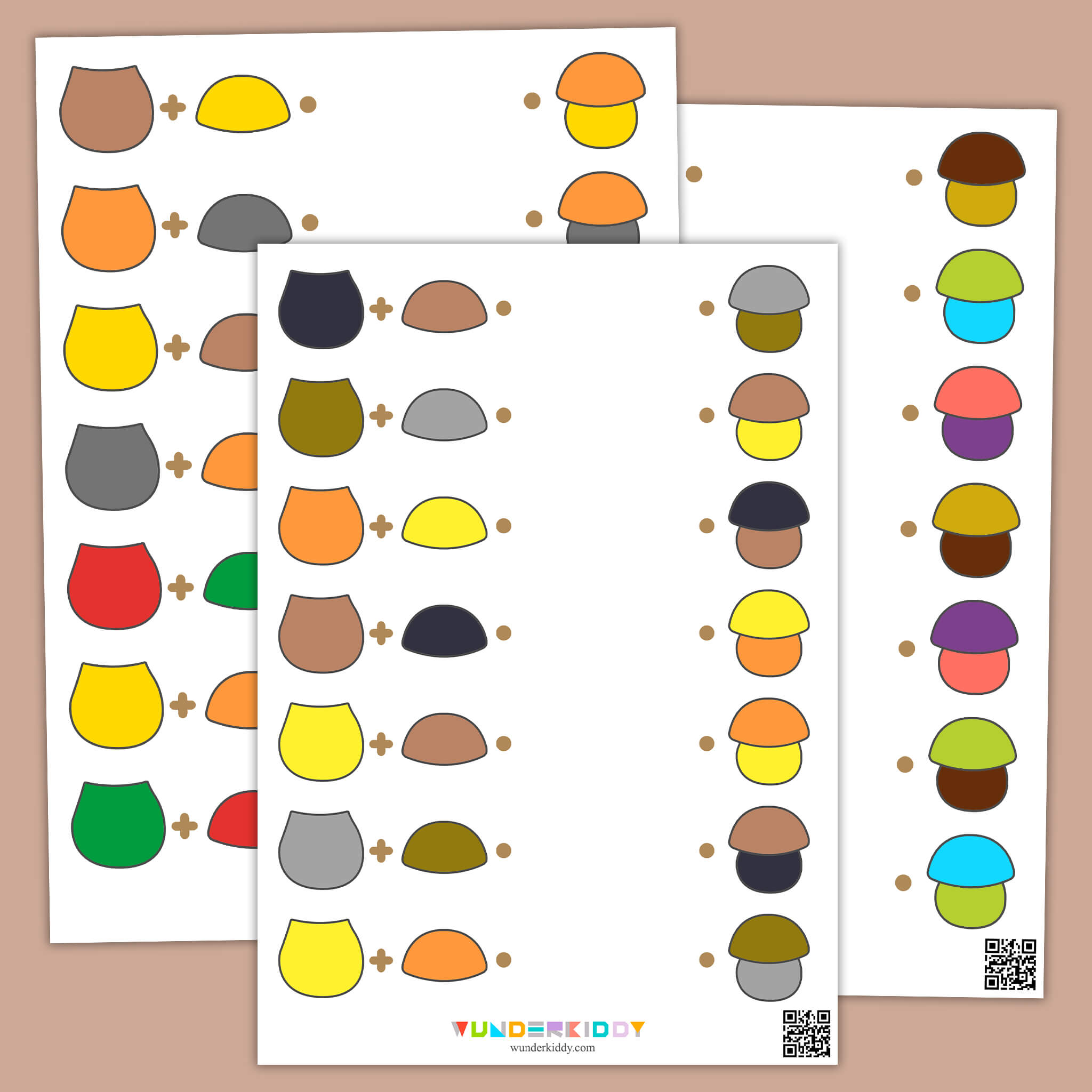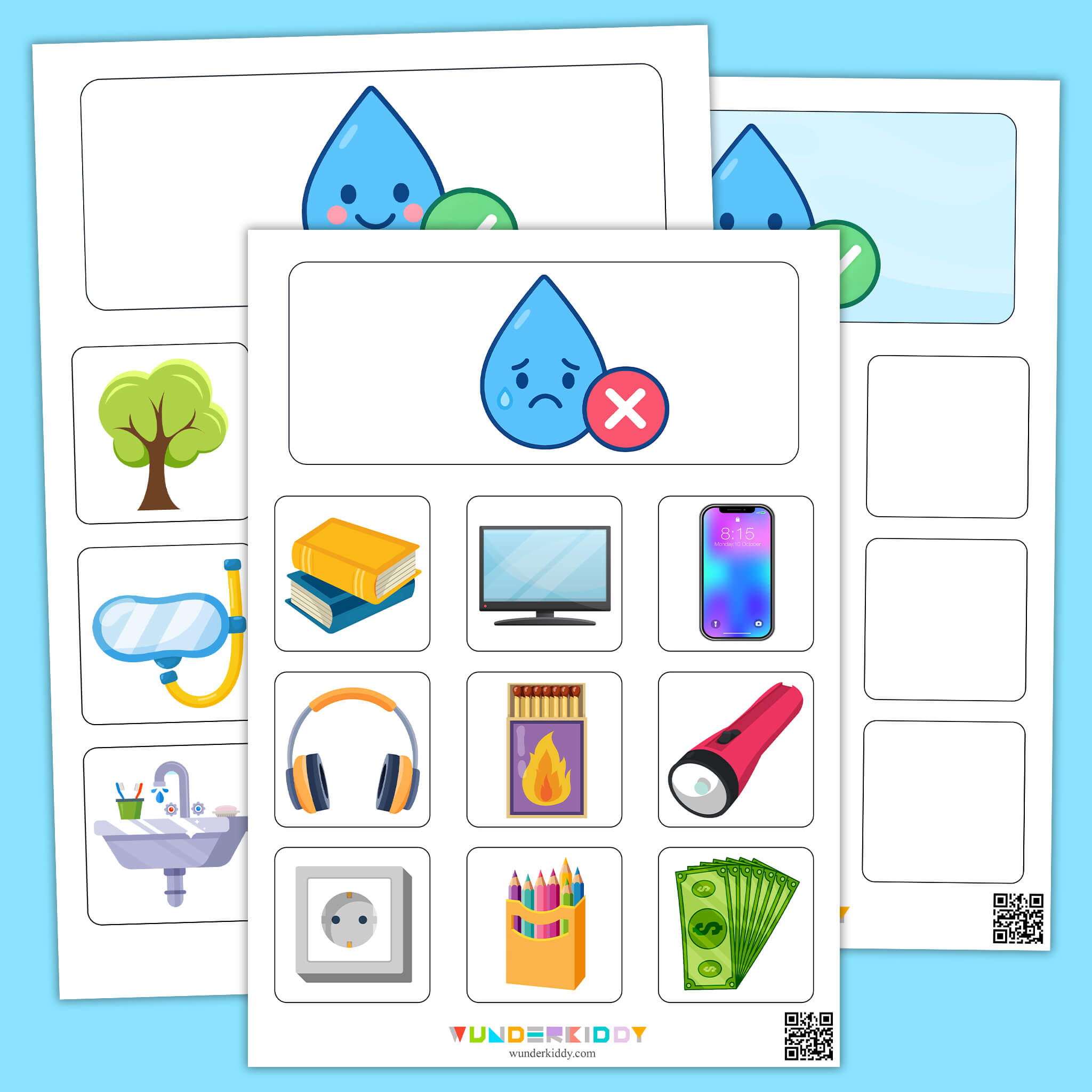Critical Thinking Worksheets and Activities
FilterEarly learning and the development of critical thinking skills helps a child to learn about the world, analyze the actions of people around, build logical chains and systematize the knowledge gained. At the age of 1 to 7 years, thinking skills go through three stages of development. The parents task is to lay a solid foundation during this period, a solid basis for the development of critical thinking skills. The easiest way to interest the preschooler and channel his/her energy in a useful direction is to turn the lessons into an interesting game. Brain activities for kids and didactic games for the development of thinking form observation and creative approach to problem-solving.
What Is Critical Thinking of a Preschooler? Stages of Development
Thinking is part of a child's cognitive development activities. It reflects the preschooler's attitude to various subjects, situations, and phenomena. Like the formation of personality, the development of social thinking is divided into three stages. Let's consider the types of thinking and critical thinking exercises that help in the development of important skills.
Visual Active Thinking of Toddlers and Preschoolers
The first stage of thinking lasts from birth to 3 years of age. During this period, the children discover the world through interaction with toys. They take objects apart with interest, try to transform them and identify their main properties. After 2 years of age, object-action thinking is formed. Simple manipulation of toys turns into object-playing actions, when the baby begins to use them for his/her intended purpose.
Cognitive development activities and cognitive games for children from 1 to 3 years old are:
- sorting games to sort objects by color or shape;
- manipulative plays and fine motor activities for 1-3 year-olds;
- pyramid plays for toddlers of 1 year old and up;
- printable Velcro games and busy book for toddlers;
- pattern blocks activities.
In early learning, children learn to distinguish and work with objects by visualization. It is advisable to organize the games for the brain on the principle of action-result. This will help develop associative thinking which is necessary in doing problem-solving activities for toddlers.
Eye-Mindedness Preschool Learning
At 3–4 years of age, the child develops eye-mindedness or visual imaginative thinking, in which interaction with images is added to simple interaction with objects. Beginning from 3 years old a child is able to reproduce objects from memory by modeling or drawing. At this time, creative thinking is actively developing. The child does not get tired of asking questions, conducting various experiments and playing logical games and doing logic worksheets with pleasure. Cognitive development activities for children help to support the creative potential of little explorers.
Children's engaging activities for the formation of imaginative thinking at 3–4 years of age are:
- maze activities;
- grouping objects worksheets;
- drawing, paper crafting, modeling;
- shape activities for preschoolers;
- hands-on serration activities.
Worksheets for kids of the younger group are aimed at developing brain and social thinking. While playing, the child speculates about processes and phenomena, using not his or her own experience, but the knowledge gained from printed logic worksheets or information received earlier from parent, etc. As a part of the training, offer the child to use pictures to find the differences, make up stories together, think of associations to objects. Children who have been able to realize their potential and develop imaginative thinking grow up to be independent and self-confident individuals.
Verbal Reasoning
By the age of 5-6, children learn to compare facts and approach problem-solving logically. Preschool activities in the middle group are aimed at developing observation, memory, and the ability to look for interrelationships. The learning activities for 5-year-olds help the child to form a word stock, which is necessary to confidently and competently express their thoughts.
Brain activities for kids in the preschool room are:
- short stories through pictures;
- text exercises, sentence analysis;
- guessing objects based on certain features (hidden object pictures);
- logical thinking worksheets.
The development of a child's creative abilities needs to be supported by parents and teachers. Adults help children to be creative in solving complex problems by modeling different situations. These can be cognitive development activities using templates, learning poems and nursery rhymes or working with printouts. The above exercises develop thinking in children of 5–6 years old and help with adaptation to preschool learning in primary grades.
Specifics of Mathematical Thinking Development
Mathematical thinking helps to develop critical thinking skills. The child's brain is flexible and open to everything new, so after 1–2 years of age you can introduce the kid to educational games with numbers and simple geometric shape activities for preschoolers. To arouse a preschooler's interest in mathematical problems, use visual aids with fascinating pictures. Posters with equations, math worksheets and live math play-and-learn activities are highly effective. Connect the learned mathematical operations with real-life situations, so that the preschooler better assimilate the material learned.
Games and exercises for the development of mathematical thinking are:
- brain-teaser activities, picture-puzzles solving;
- math counting rhymes;
- mental arithmetic games;
- tricky problems worksheets for 5–6 years of age;
- hidden objects puzzles.
Teachers in kindergarten know how to improve memory and develop logical thinking of preschoolers. Invaluable help in this case are didactic materials that promote the development of analytical skills. The game in this case acts as a good teacher and educator. Being fascinated, the preschooler does not notice how in the process of playing they enrich the vocabulary, learn to count, and develop memory and imagination.
How to Teach Critical Thinking of a Child Using Preschool Learning Materials
Educational games in the older group include printable games for kids, games with objects and verbal preschool activities. Each game contains exercises that are aimed at the education and mental development of the preschooler. At an early age, the child is attracted by the game itself, but over time he or she shows interest in learning, making the first confident steps in independent work.
Basic critical thinking exercises are:
- Memory engaging activities. These include developmental games for children for memorizing individual elements of pictures or their sequence.
- Attention tasks. Finding similarities and differences in the pictures.
- Logic Problems. Comparing objects, finding missing parts, identifying patterns.
- Problem-solving activities for toddlers and games for the development of analytical skills. Searching for unnecessary details in the pictures, identifying inconsistencies in the tasks, building a chain of actions when solving mathematical problems.
Preschool educational games have rules that organize the interaction between the child and the adult. Due to the peculiarities of psychological development up to 3 years old, children are not able to play independently for a long time. Offering the kid developing brain materials, adults should take part in the game, pointing out the right way to solve the problem and praising for showing ingenuity.
After 3–4 years of age, the child is able to solve the simplest exercises independently, highlighting the important points in them and building logical chains. It is necessary to use worksheets for kids regularly, not forgetting to change the type of activity, so that the preschooler does not lose interest in learning.
Popular games & developing activities for the brain
Games for the brain and development of thinking for preschoolers are divided into thematic categories depending on the subject and form of teaching. A large catalog of printable activities for kindergartners creates complete freedom of choice. The child at 5–6 years of age without being forced by the adults can play their favorite games, doing new flexible thinking activities and improving cognitive skills. Worksheets, busy books with mathematical exercises, pre-writing copybooks, etc. are accompanied by bright and clear images.
Examples of critical thinking didactic games are:
- «Association Game». Invite your child to make associations with the fanciful pictures.
- «Odd-one-out». Compare the objects and select the extra one by a certain feature.
- «Group Sorting». Shuffle the cards of different colors or shapes and ask your child to find the same ones.
- «Jigsaw Puzzle». The kid's task is to make a whole composition out of several pieces. There are simple picture puzzles from 2 or 3 pieces for children at 2–3 years old.
The use of printable activities for kindergartners contributes to the development of logic, a holistic perception of the world, develops the ability to classify objects and find patterns in them. Children with developed thinking skills find it easier to solve complex problems. They feel comfortable among their peers, are not afraid to be active during the lessons and perform well at school.
